Before we start our article, we strongly recommend that you review the following service pages:
This article explores the versatile uses of cross-linked polyethylene foam, a durable and lightweight material. Cross-linked polyethylene foam is widely utilized in various industries, including automotive, construction, and sports equipment manufacturing, due to its exceptional properties.
In the packaging industry, cross-linked polyethylene foam is highly valued for its cushioning and shock-absorbing capabilities. It provides optimal protection for delicate items during shipping and storage, ensuring they arrive intact and undamaged.
When it comes to construction, cross-linked polyethylene foam serves as an excellent insulator. It offers both thermal and sound insulation, making it a popular choice for walls, roofs, and floors. By enhancing energy efficiency and reducing noise transmission, this foam significantly contributes to creating comfortable and sustainable living and working environments.
In HVAC systems, cross-linked polyethylene foam is utilized to insulate air ducts, effectively preventing heat loss or gain. This foam plays a crucial role in maintaining the desired temperature and enhancing energy efficiency in residential, commercial, and industrial buildings.
Furthermore, cross-linked polyethylene foam is widely employed in pipe insulation, providing protection against heat transfer and condensation. Its usage in plumbing and heating systems not only improves energy efficiency but also safeguards against potential pipe damage.
In the realm of sports and recreation, cross-linked polyethylene foam is a go-to material. It offers excellent impact resistance and protection, making it an ideal choice for padding in helmets, knee pads, and body armor. Athletes can engage in high-impact activities with confidence, knowing they are well-protected.

For gym and exercise equipment, cross-linked polyethylene foam is particularly valuable. It is commonly used in mats, yoga blocks, and foam rollers, providing cushioning and support to reduce the risk of injuries during workouts.
Water sports enthusiasts also benefit from the properties of cross-linked polyethylene foam. Its buoyancy and water resistance make it an essential component in life jackets, surfboards, and paddleboards, ensuring safety and stability during water-related activities.
The automotive industry extensively utilizes cross-linked polyethylene foam for both interior and exterior parts. This foam is commonly found in door panels, headliners, and gaskets, providing insulation, cushioning, and noise reduction. It contributes to creating a comfortable and quiet cabin environment for drivers and passengers alike.
Additionally, cross-linked polyethylene foam plays a vital role in acoustic insulation within vehicles. It effectively reduces noise and vibration from the engine, road, and wind, enhancing the overall driving experience by creating a quieter and more enjoyable ride.
Moreover, the impact resistance of cross-linked polyethylene foam makes it suitable for crash absorption in automotive applications. It is frequently used in bumpers, door panels, and side impact protection systems to minimize damage and enhance passenger safety.
In conclusion, cross-linked polyethylene foam offers endless possibilities in various industries. Its durability, lightweight nature, and exceptional properties make it an invaluable material for packaging, insulation, and sports equipment. Whether it’s protecting fragile items, enhancing energy efficiency, or providing impact resistance, this foam continues to revolutionize numerous applications.
1. Packaging Solutions
Cross-linked polyethylene foam is an ideal material for packaging due to its cushioning and shock-absorbing properties. It provides excellent protection for fragile items during shipping and storage, ensuring they arrive safely without any damage.
The foam’s unique structure and composition make it highly resistant to impact and compression, allowing it to absorb and distribute the force of external impacts. This means that even if the package is dropped or subjected to rough handling, the foam will protect the contents from any potential damage.
Furthermore, cross-linked polyethylene foam is lightweight, which helps to reduce shipping costs. Its flexibility allows it to be easily molded and cut into custom shapes, providing a perfect fit for the items being packaged. This eliminates the need for additional padding materials, reducing waste and saving both time and money.
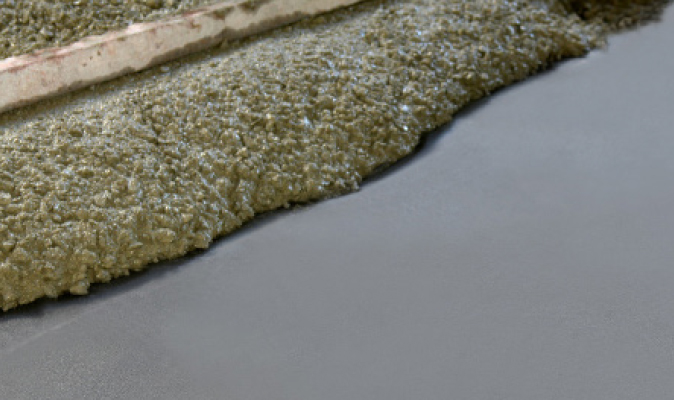
Whether it’s delicate electronics, glassware, or other fragile items, cross-linked polyethylene foam offers reliable and efficient protection. Its cushioning and shock-absorbing properties make it an essential choice for packaging solutions in various industries, including electronics, manufacturing, and e-commerce.
2. Insulation in Construction
Cross-linked polyethylene foam is an excellent insulator, providing thermal and sound insulation in construction projects. It is commonly used in walls, roofs, and floors to enhance energy efficiency and reduce noise transmission.
When it comes to insulation in construction, cross-linked polyethylene foam is a top choice. Its unique properties make it an excellent insulator for both thermal and sound insulation needs. Whether you are working on a residential or commercial project, this foam can greatly enhance energy efficiency and create a more comfortable living or working environment.
One of the key advantages of cross-linked polyethylene foam is its ability to effectively trap and retain heat. This makes it an ideal material for insulating walls, roofs, and floors. By using this foam in construction, you can significantly reduce heat loss during the winter months and minimize heat gain during the summer, resulting in lower energy consumption and utility bills.
Furthermore, cross-linked polyethylene foam is also highly effective in reducing noise transmission. It acts as a barrier, preventing sound waves from passing through walls or floors. This is particularly beneficial in buildings located in noisy environments or areas with high foot traffic. By incorporating this foam into your construction project, you can create a quieter and more peaceful indoor environment.
Additionally, cross-linked polyethylene foam is lightweight and easy to install, making it a popular choice among builders and contractors. It can be easily cut and shaped to fit any space, ensuring a precise and seamless installation. Its durability and resistance to moisture also make it a long-lasting solution for insulation needs.
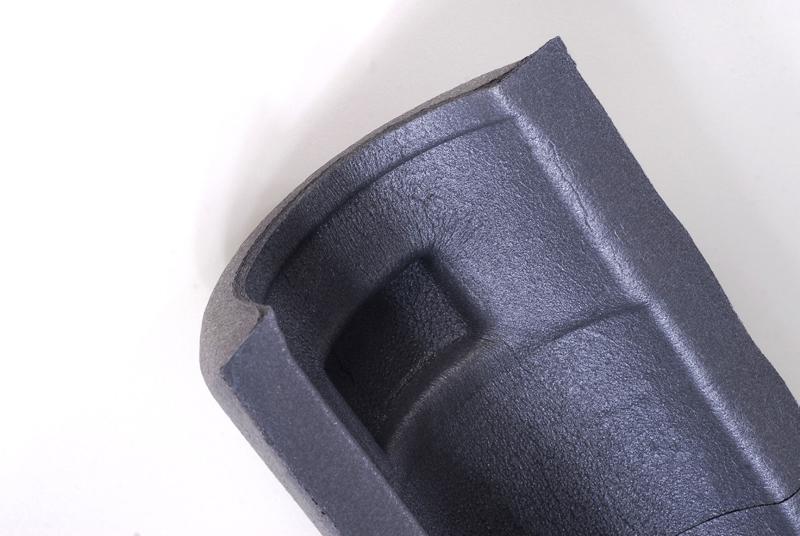
In summary, cross-linked polyethylene foam is a versatile and reliable material for insulation in construction. Its thermal and sound insulation properties, along with its ease of installation, make it an ideal choice for walls, roofs, and floors. By incorporating this foam into your construction project, you can enhance energy efficiency, reduce noise transmission, and create a more comfortable living or working environment.
2.1. HVAC Applications
In HVAC systems, cross-linked polyethylene foam is a crucial component used to insulate air ducts, effectively preventing heat loss or gain. By providing insulation, this foam helps maintain the desired temperature within residential, commercial, and industrial buildings. Additionally, it plays a significant role in improving energy efficiency, reducing the need for excessive heating or cooling.
With its exceptional thermal properties, cross-linked polyethylene foam acts as a barrier against external temperature fluctuations. It minimizes heat transfer through the ducts, ensuring that the conditioned air remains at the desired temperature for longer periods. This insulation not only enhances comfort levels but also reduces energy consumption and lowers utility costs.
The use of cross-linked polyethylene foam in HVAC applications offers numerous advantages. Its lightweight nature makes it easy to install and handle, reducing labor and installation costs. Moreover, the foam’s closed-cell structure provides excellent resistance to moisture, preventing condensation buildup within the air ducts. This moisture resistance helps maintain the integrity and performance of the HVAC system, minimizing the risk of mold or mildew growth.
Furthermore, cross-linked polyethylene foam is a durable and long-lasting material, ensuring that the insulation remains effective over time. It withstands the rigors of HVAC systems, including air pressure, temperature changes, and vibrations, without deteriorating or losing its insulating properties.
In summary, cross-linked polyethylene foam is an essential component in HVAC applications. Its insulation capabilities contribute to maintaining the desired temperature and improving energy efficiency in residential, commercial, and industrial buildings. With its ease of installation, moisture resistance, and durability, this foam is a reliable choice for insulating air ducts and optimizing HVAC systems.
2.2. Pipe Insulation
Cross-linked polyethylene foam is an excellent choice for pipe insulation due to its unique properties. It provides efficient protection against heat transfer and condensation, making it a popular material in plumbing and heating systems. By insulating pipes with cross-linked polyethylene foam, you can greatly improve energy efficiency and prevent potential damage to the pipes.
One of the key advantages of using cross-linked polyethylene foam for pipe insulation is its ability to minimize heat loss or gain. The foam acts as a barrier, reducing thermal conductivity and preventing the transfer of heat from the pipes to the surrounding environment. This helps maintain the desired temperature of the fluid inside the pipes, whether it is hot water or chilled water.
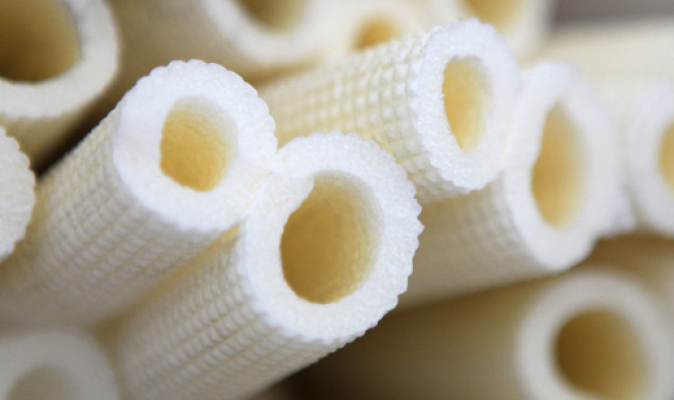
Furthermore, cross-linked polyethylene foam effectively prevents condensation on the surface of the pipes. When pipes carry cold water or refrigerant, condensation can occur due to the temperature difference between the pipe and the surrounding air. This moisture can lead to corrosion and damage over time. However, by insulating the pipes with cross-linked polyethylene foam, you create a protective layer that prevents condensation from forming, ensuring the longevity and durability of the pipes.
In addition to its thermal and moisture resistance properties, cross-linked polyethylene foam is also easy to install. It can be easily cut and shaped to fit around pipes of various sizes and shapes. This flexibility makes it a convenient choice for both residential and commercial plumbing and heating systems.
Overall, the use of cross-linked polyethylene foam for pipe insulation offers numerous benefits. It improves energy efficiency, prevents pipe damage, and ensures the optimal performance of plumbing and heating systems. Whether you are working on a residential project or a large-scale commercial installation, consider using cross-linked polyethylene foam for reliable and effective pipe insulation.
3. Sports and Recreation
Cross-linked polyethylene foam is widely utilized in the sports and recreation industry due to its exceptional properties. This durable and lightweight material is extensively used in the production of various equipment, providing impact resistance and ensuring the safety of athletes and enthusiasts during high-impact activities.
One of the primary applications of cross-linked polyethylene foam in this industry is in the padding of protective gear. Helmets, knee pads, and body armor are often equipped with foam padding made from this versatile material. The foam’s ability to absorb and disperse impact forces helps minimize the risk of injuries, providing essential protection to athletes in sports like football, hockey, and skateboarding.
The use of cross-linked polyethylene foam in sports and recreational equipment extends beyond protective padding. It is also employed in the creation of gym and exercise equipment. Mats, yoga blocks, and foam rollers are commonly made with this foam due to its shock-absorbing properties. By providing cushioning and support, it reduces the strain on joints and muscles during workouts, minimizing the risk of injuries and enhancing overall performance.
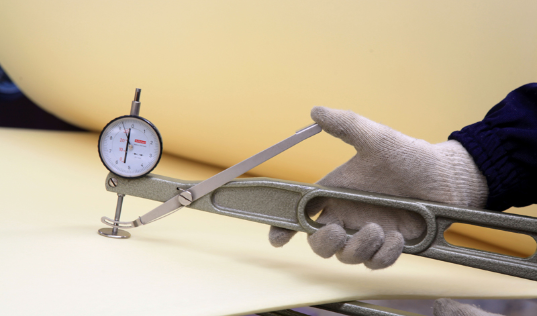
Furthermore, the water resistance and buoyancy of cross-linked polyethylene foam make it an ideal material for water sports equipment. Life jackets, surfboards, and paddleboards often incorporate this foam to ensure buoyancy and enhance safety in water-related activities. The foam’s ability to withstand exposure to water and its durability make it a reliable choice for these applications.
3.1. Gym and Exercise Equipment
The foam’s shock-absorbing properties make it ideal for gym and exercise equipment. Whether it’s mats, yoga blocks, or foam rollers, cross-linked polyethylene foam is the go-to material for providing cushioning and support during workouts.
When engaging in high-impact activities, such as weightlifting or intense cardio exercises, the risk of injuries is always present. However, with the use of this foam, the impact on joints and muscles is significantly reduced, minimizing the chances of strains, sprains, or other workout-related injuries.
Imagine stepping onto a yoga mat made with cross-linked polyethylene foam. As you transition from one pose to another, the foam gently absorbs the shock and pressure, providing a comfortable and stable surface for your practice. Similarly, foam rollers made from this material offer a firm yet cushioned support, allowing you to target specific muscle groups while minimizing discomfort.
Not only does the foam provide physical support, but it also enhances the overall workout experience. By reducing the risk of injuries, individuals can focus on pushing their limits, reaching their fitness goals, and enjoying their exercise routines to the fullest.
3.2. Water Sports
Cross-linked polyethylene foam is commonly used in water sports equipment such as life jackets, surfboards, and paddleboards. This versatile foam material offers exceptional buoyancy and water resistance, making it an ideal choice for various water-related activities.
When it comes to water safety, life jackets play a crucial role in ensuring the well-being of swimmers and boaters. Cross-linked polyethylene foam is a key component in life jackets, providing the necessary buoyancy to keep individuals afloat in the water. Its lightweight and durable nature make it comfortable to wear, allowing for freedom of movement while ensuring maximum safety.
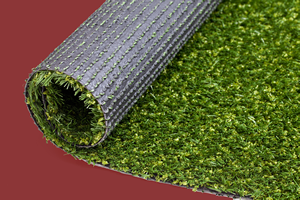
In addition to life jackets, cross-linked polyethylene foam is also widely used in the construction of surfboards and paddleboards. The foam’s buoyancy properties enable these watercraft to stay afloat, providing stability and support for riders. Whether you’re catching waves or exploring calm waters, the reliable performance of this foam material enhances your water sports experience.
Furthermore, the water resistance of cross-linked polyethylene foam makes it an excellent choice for water sports equipment. It does not absorb water, ensuring that the equipment remains lightweight and easy to handle. This feature is particularly beneficial for surfboards and paddleboards, as it allows for better maneuverability and control on the water.
Overall, cross-linked polyethylene foam’s buoyancy and water resistance properties make it a trusted material in the world of water sports. Whether you’re a professional athlete or a recreational enthusiast, you can rely on this foam to enhance your performance and safety in various water-related activities.
4. Automotive Industry
The automotive industry extensively utilizes cross-linked polyethylene foam due to its versatile properties. This durable and lightweight material is employed in various interior and exterior parts, including door panels, headliners, and gaskets. Its applications in the automotive sector go beyond aesthetics, as it offers insulation, cushioning, and noise reduction benefits.
When it comes to interior components, cross-linked polyethylene foam provides excellent insulation properties. It helps regulate temperature and reduce heat transfer, creating a more comfortable cabin environment for passengers. Additionally, the foam’s cushioning properties contribute to a smoother and quieter ride, enhancing the overall driving experience.
In terms of exterior parts, cross-linked polyethylene foam plays a crucial role in providing protection and durability. It is commonly used in door panels to absorb impact and minimize damage during collisions. The foam’s ability to absorb energy helps protect both the vehicle and its occupants, enhancing safety measures.
Furthermore, cross-linked polyethylene foam is utilized in headliners, which not only provide aesthetic appeal but also contribute to noise reduction. The foam’s sound-absorbing properties help minimize road and engine noise, creating a quieter and more enjoyable driving experience.
Lastly, gaskets made from cross-linked polyethylene foam are used to seal various components in the automotive industry. These foam gaskets provide a secure and watertight seal, preventing leaks and ensuring the longevity of automotive parts.
4.1. Acoustic Insulation
In vehicles, cross-linked polyethylene foam plays a crucial role in providing acoustic insulation. It effectively reduces noise and vibration from various sources such as the engine, road, and wind. By minimizing these unwanted sounds, the foam enhances the overall driving experience by creating a quieter and more comfortable cabin environment.
With its excellent sound absorption properties, cross-linked polyethylene foam acts as a barrier, preventing external noises from penetrating the vehicle’s interior. It effectively dampens vibrations, reducing the transmission of noise throughout the cabin. This results in a peaceful and serene atmosphere, allowing drivers and passengers to enjoy a more enjoyable journey.
Furthermore, the acoustic insulation provided by cross-linked polyethylene foam helps to improve the audio quality within the vehicle. By reducing background noise, it allows for clearer communication and better audio system performance. Whether it’s listening to music or having a conversation, the foam ensures that sound is crisp and undistorted.
The use of cross-linked polyethylene foam for acoustic insulation is not limited to passenger vehicles. It is also employed in commercial vehicles, such as trucks and buses, to create a more pleasant and comfortable environment for passengers and drivers alike.
In conclusion, cross-linked polyethylene foam’s acoustic insulation properties make it an essential component in vehicles. By reducing noise and vibration, it contributes to a quieter and more peaceful cabin environment, enhancing the overall driving experience for everyone on board.
4.2. Crash Absorption
The cross-linked polyethylene foam’s remarkable impact resistance makes it an ideal material for crash absorption in automotive applications. It is commonly utilized in various parts of vehicles, including bumpers, door panels, and side impact protection systems, to minimize damage and enhance passenger safety.
When a vehicle experiences a collision or impact, the foam’s ability to absorb and disperse energy helps to reduce the force exerted on the vehicle’s occupants. This not only minimizes the risk of injury but also helps to protect the structural integrity of the vehicle.
The foam’s impact resistance is especially crucial in bumpers, which are designed to absorb and distribute the energy of a collision. By incorporating cross-linked polyethylene foam into bumper systems, manufacturers can enhance the vehicle’s ability to withstand impacts and protect both the occupants and the vehicle itself.
In addition to bumpers, cross-linked polyethylene foam is also commonly used in door panels and side impact protection systems. These components play a vital role in safeguarding occupants during side collisions, where the foam’s impact resistance helps to absorb and dissipate the energy generated by the impact.
By utilizing cross-linked polyethylene foam in automotive crash absorption applications, manufacturers can improve the overall safety performance of vehicles, providing passengers with a higher level of protection in the event of an accident.

